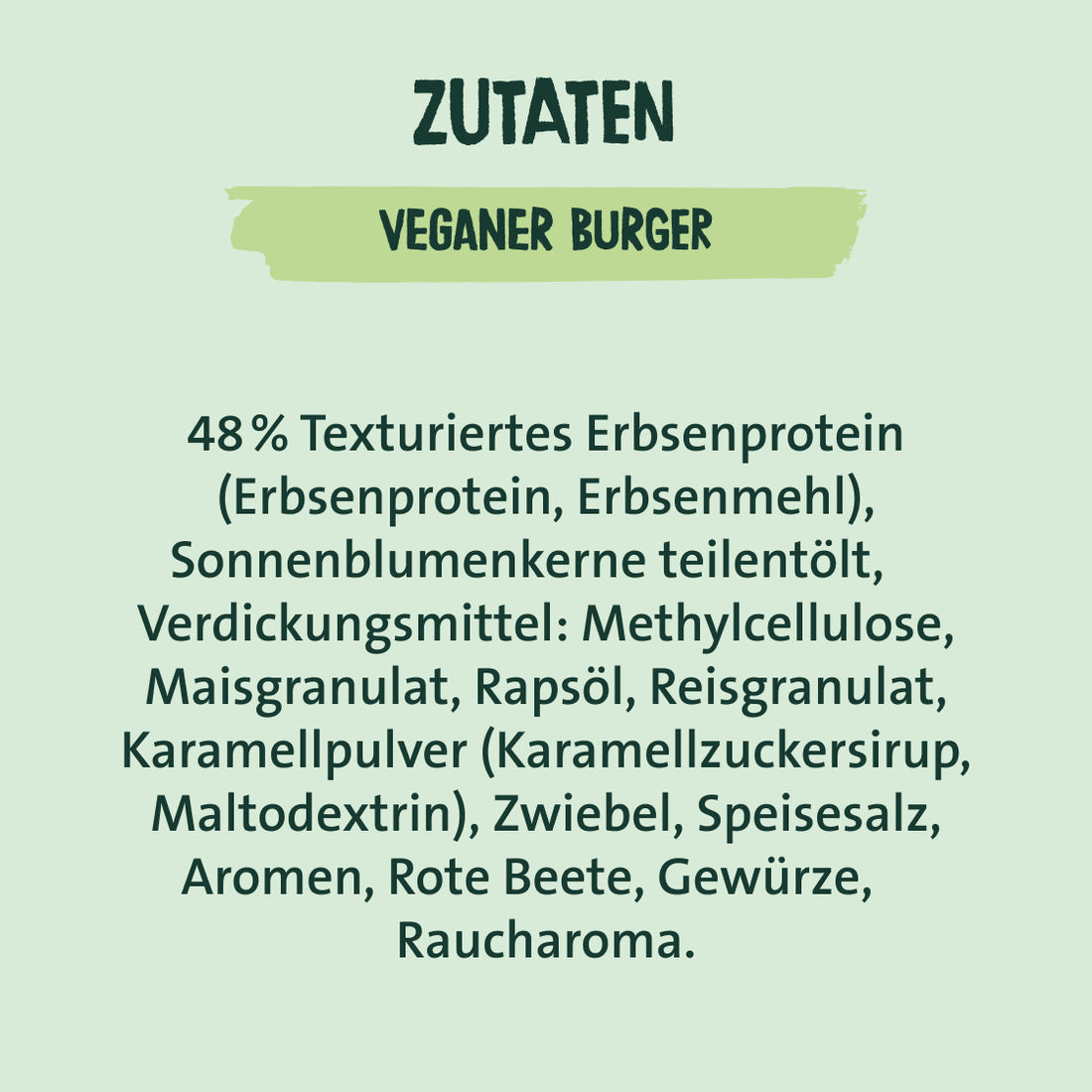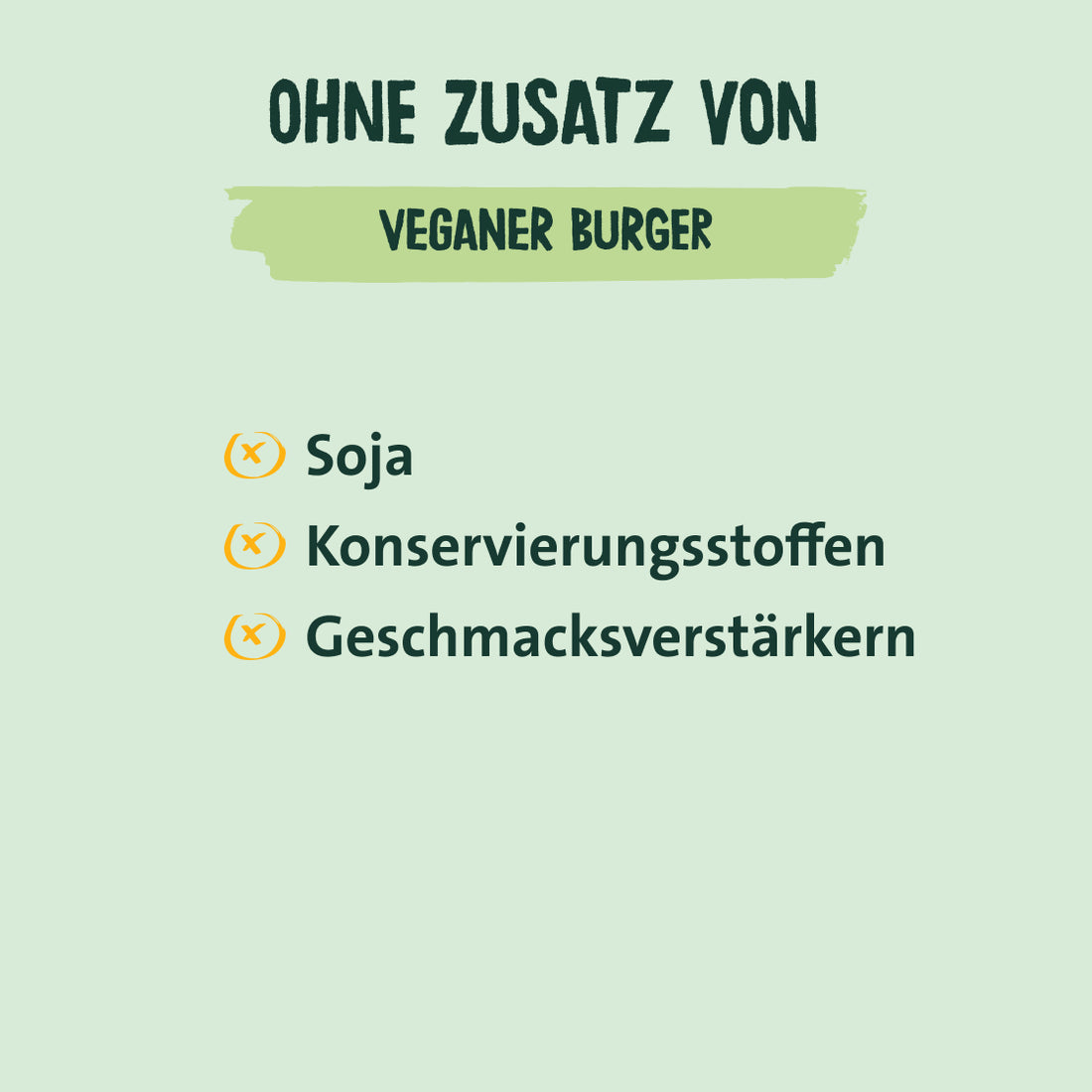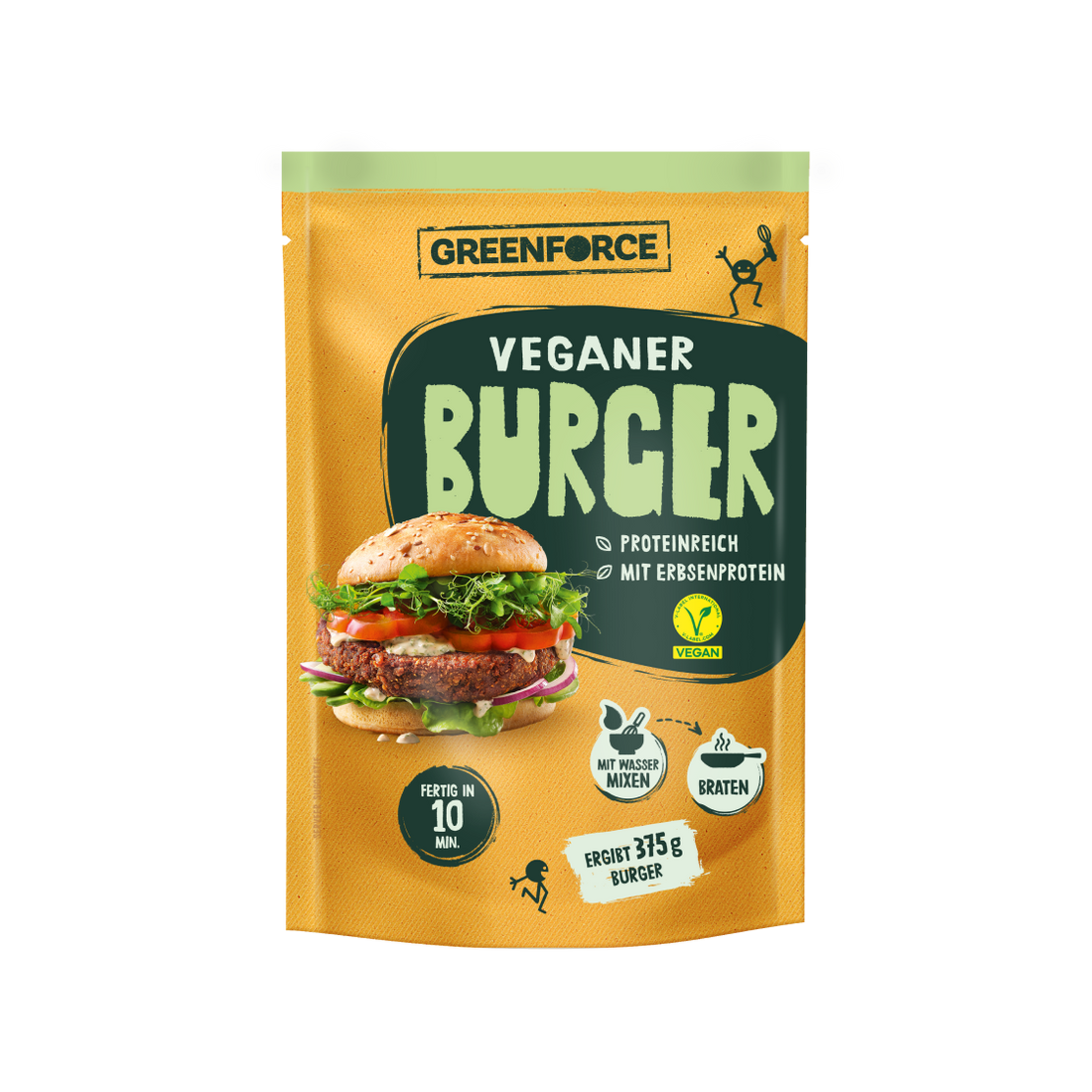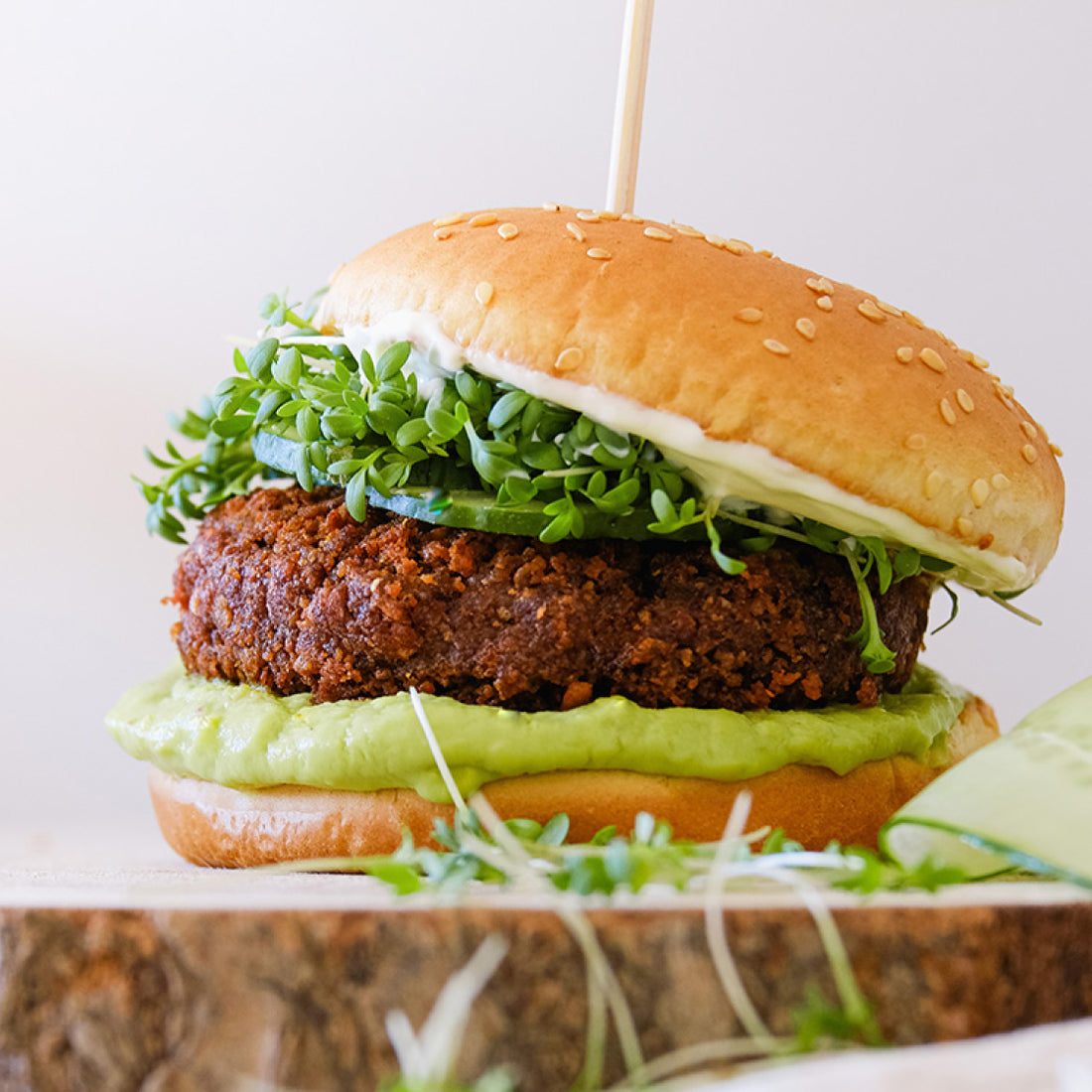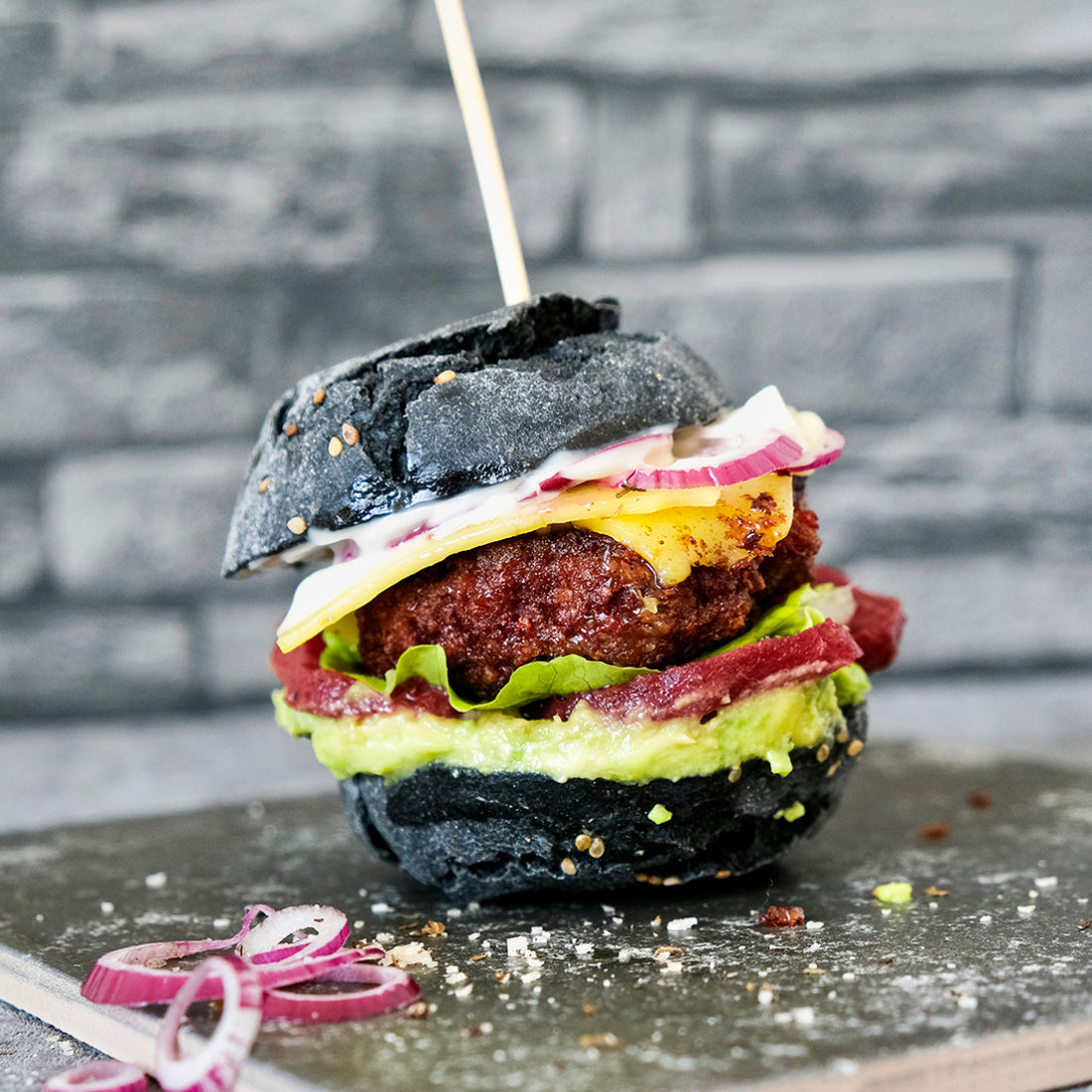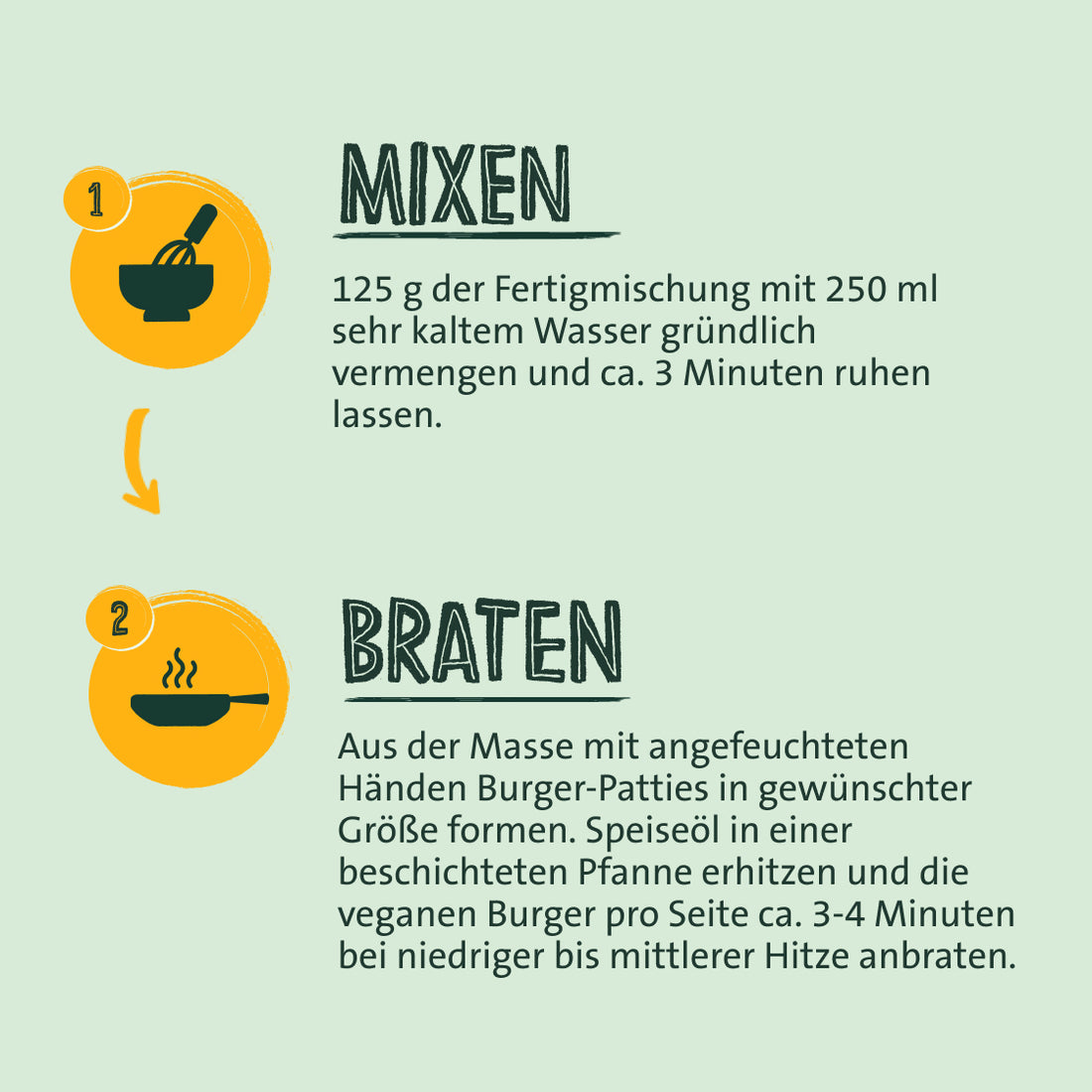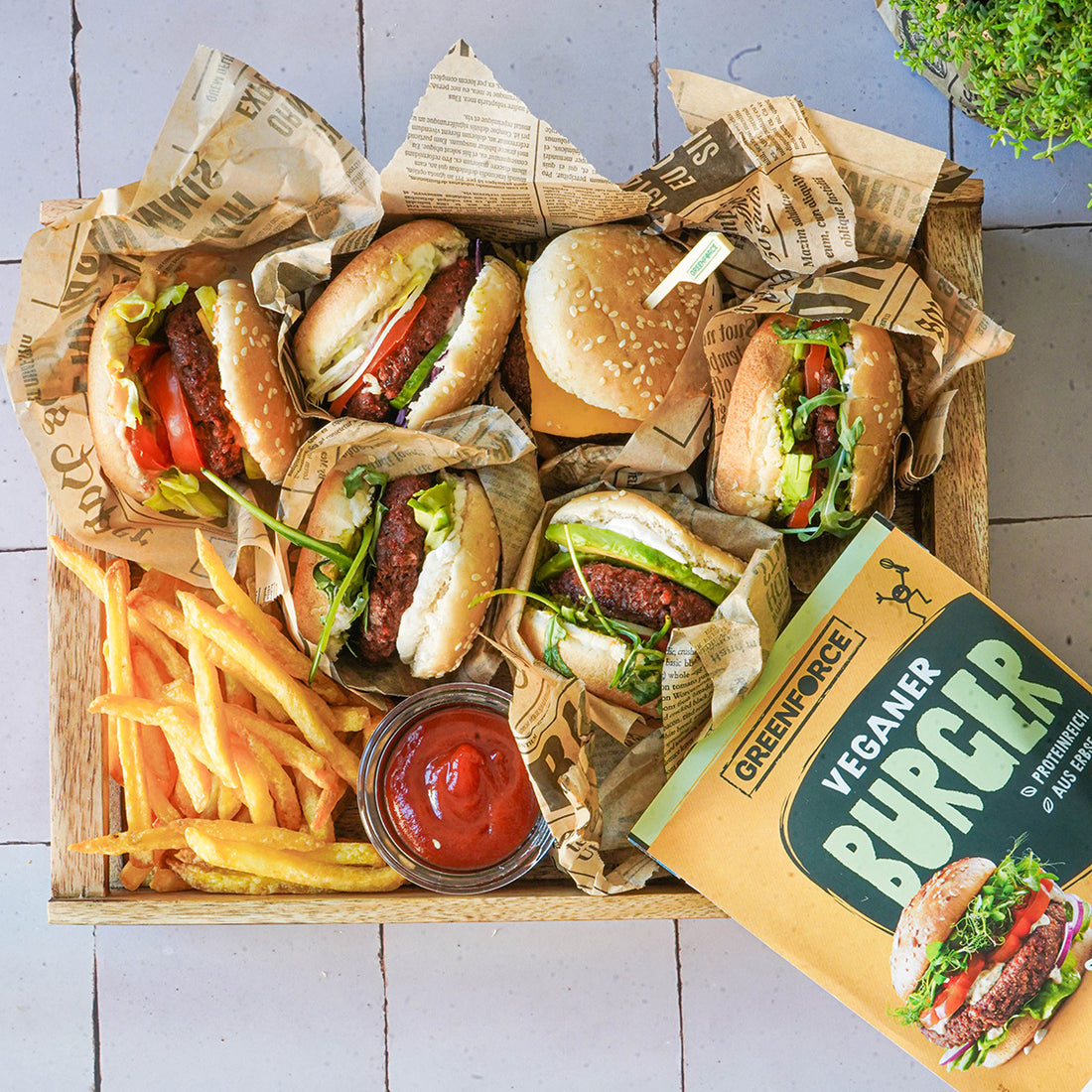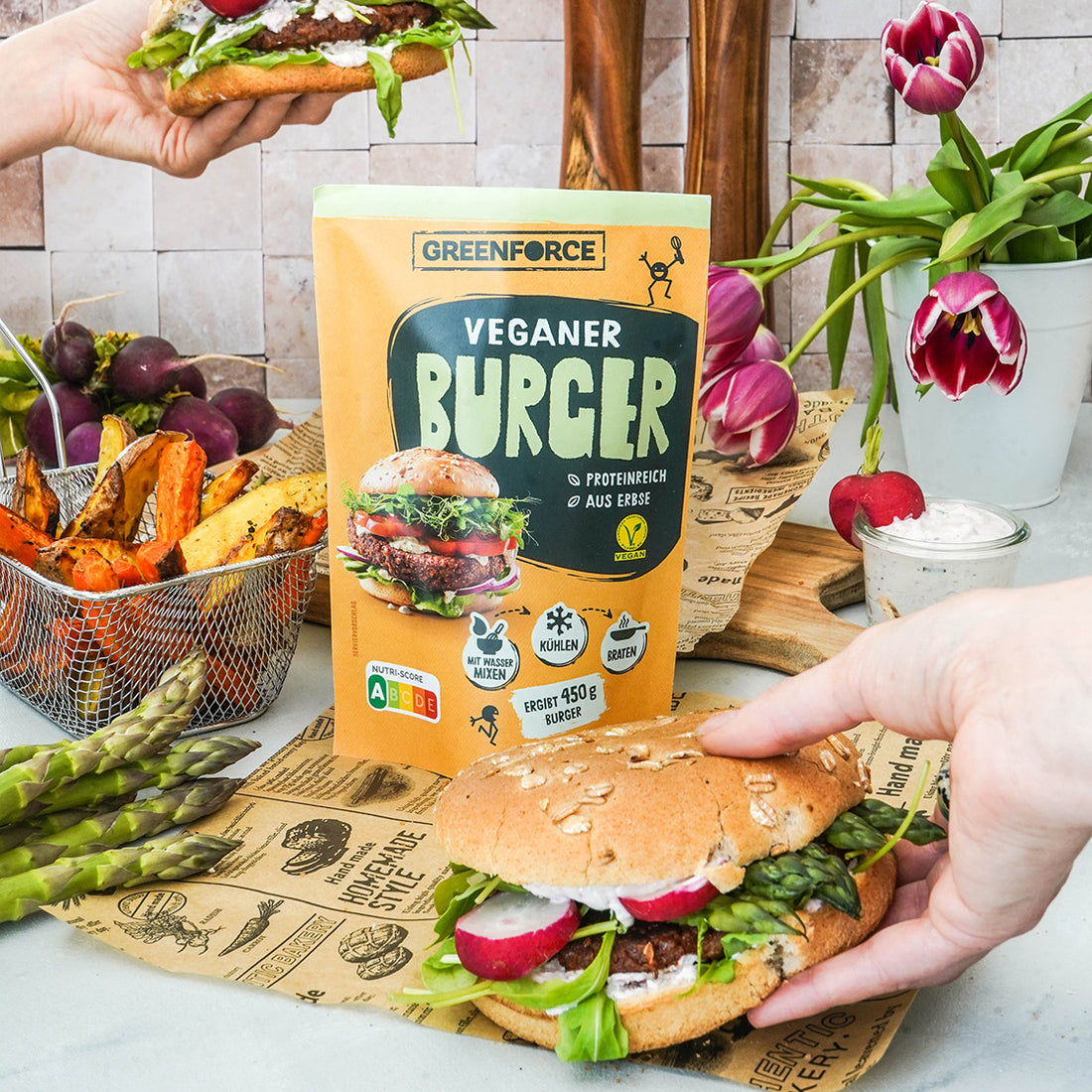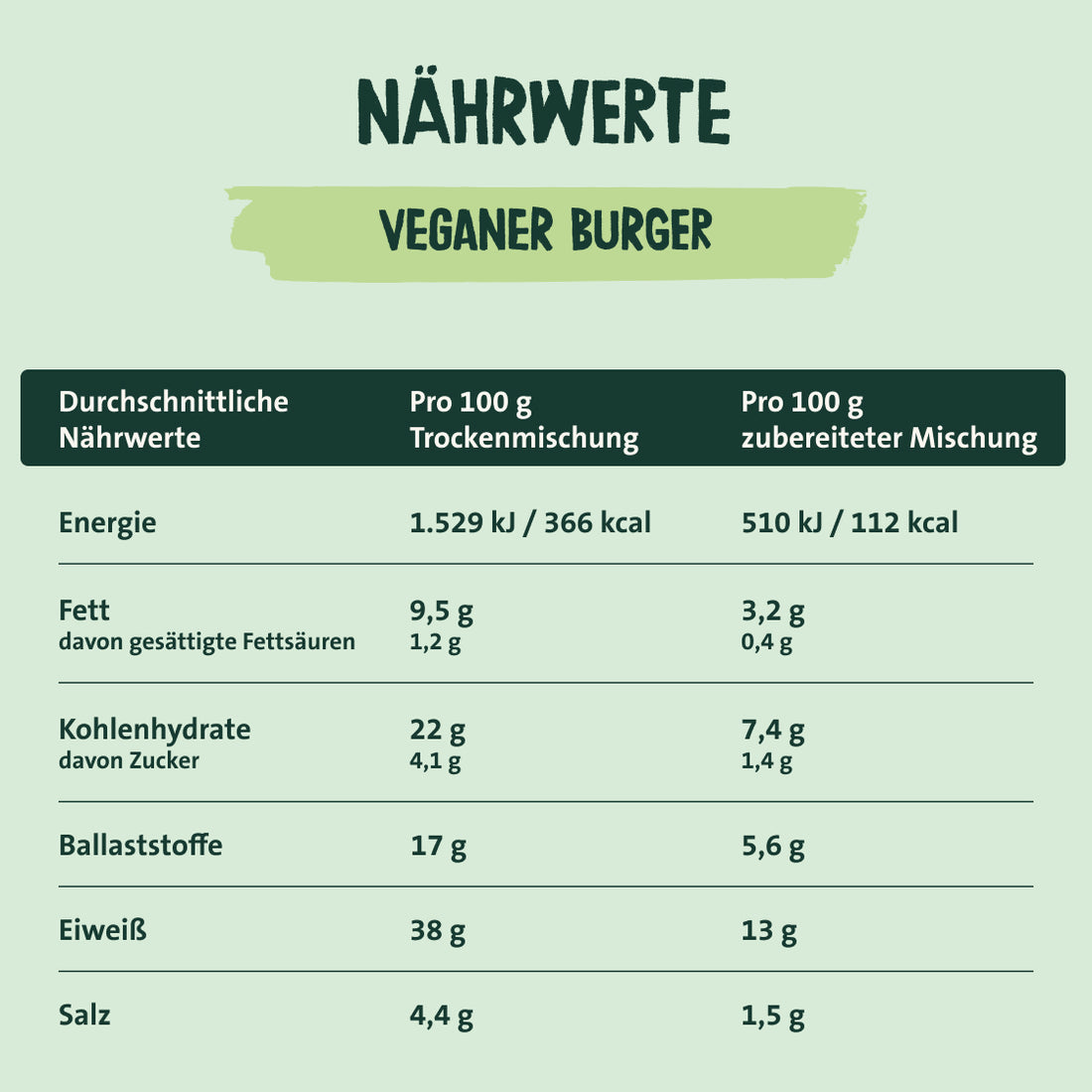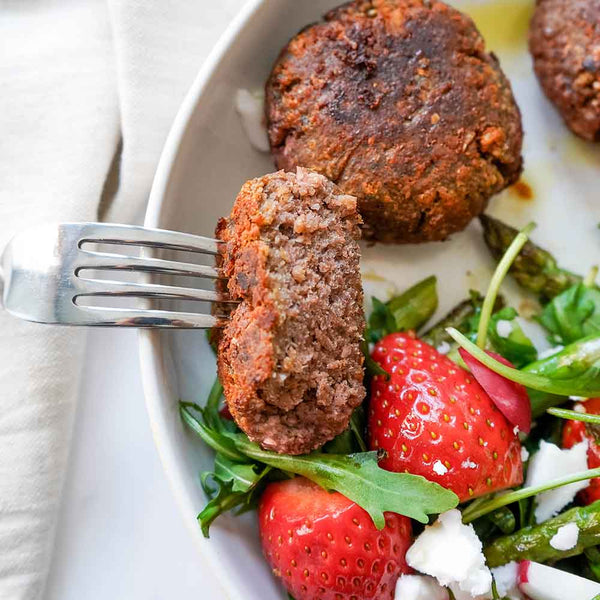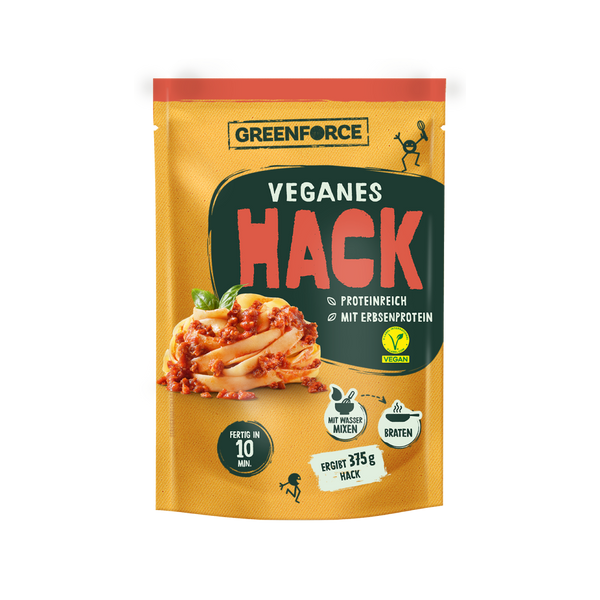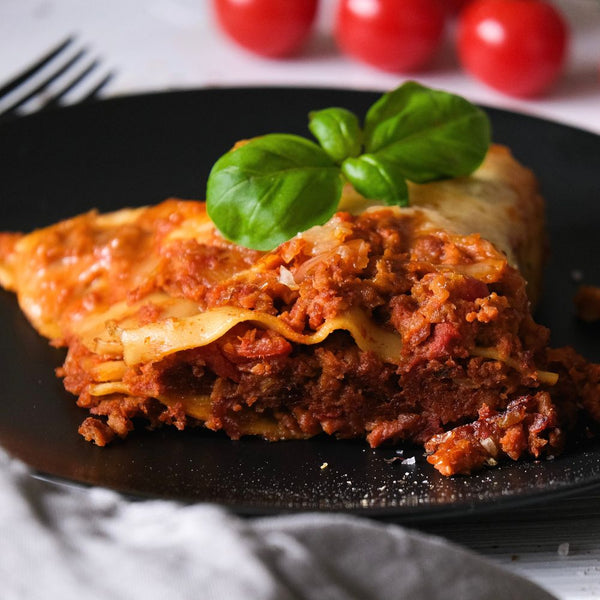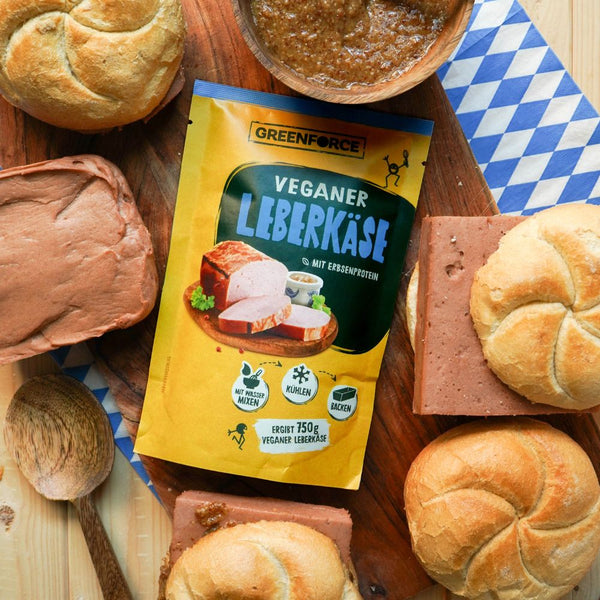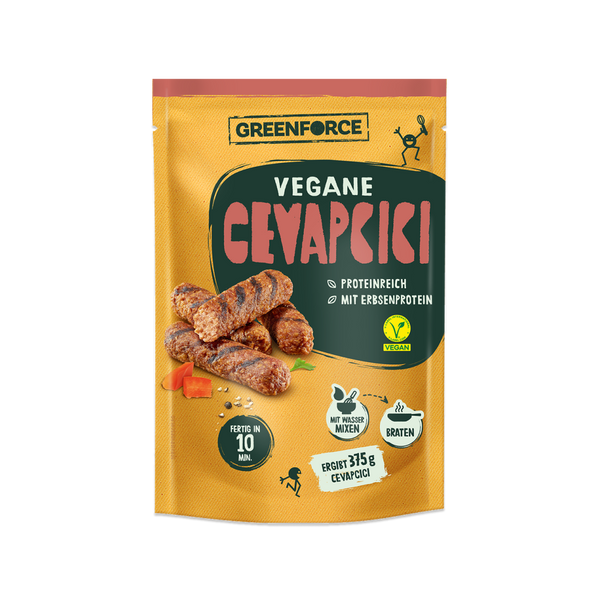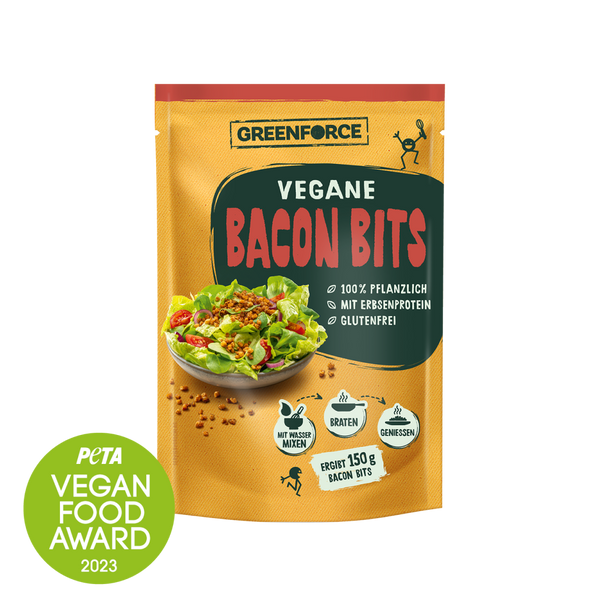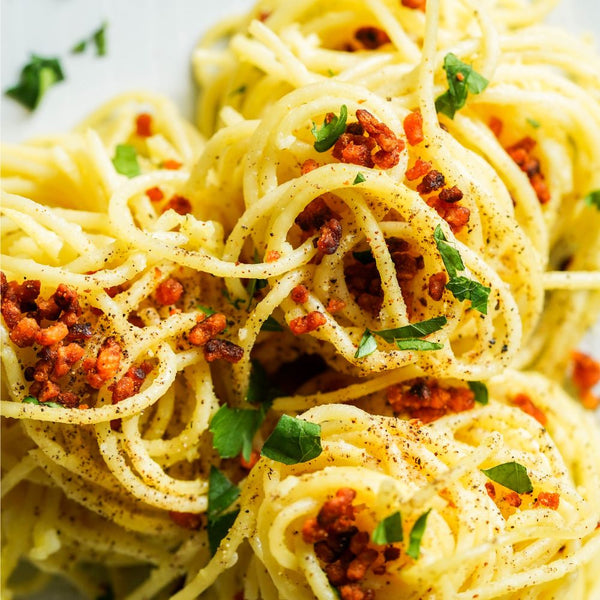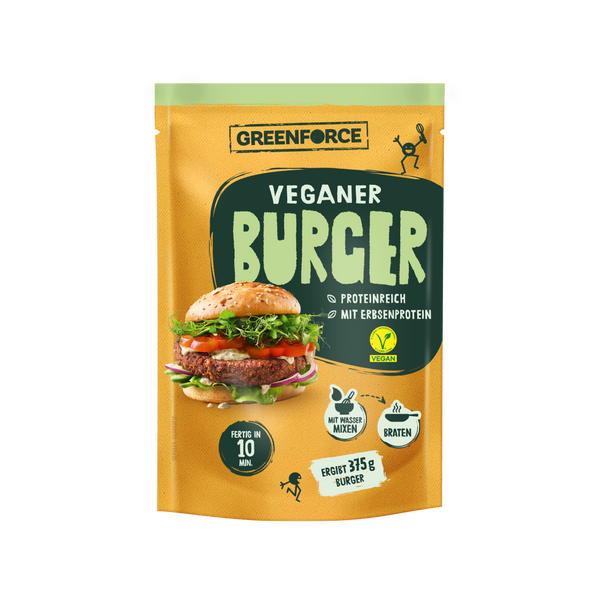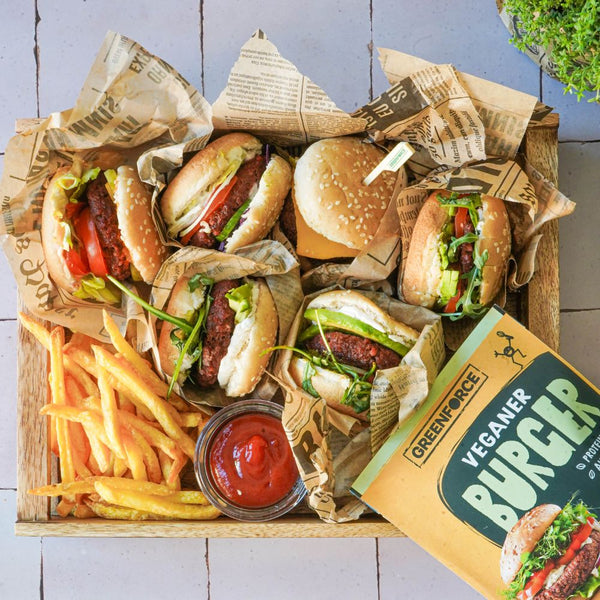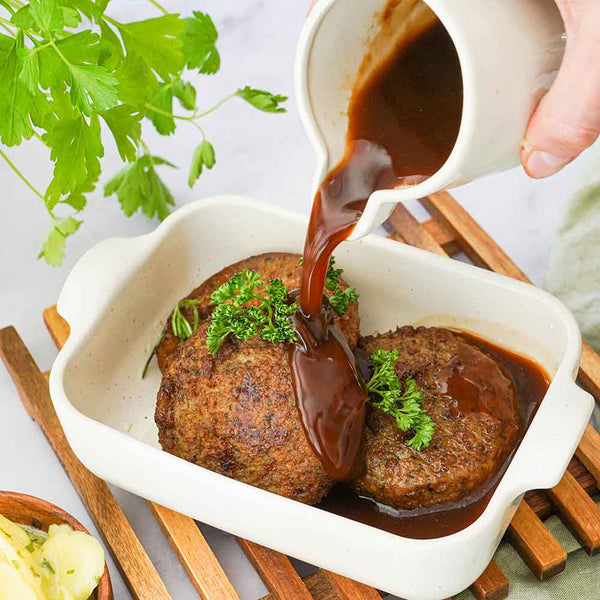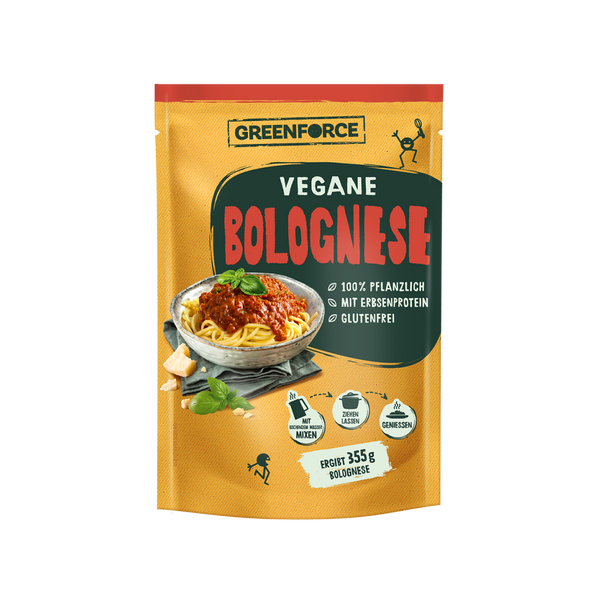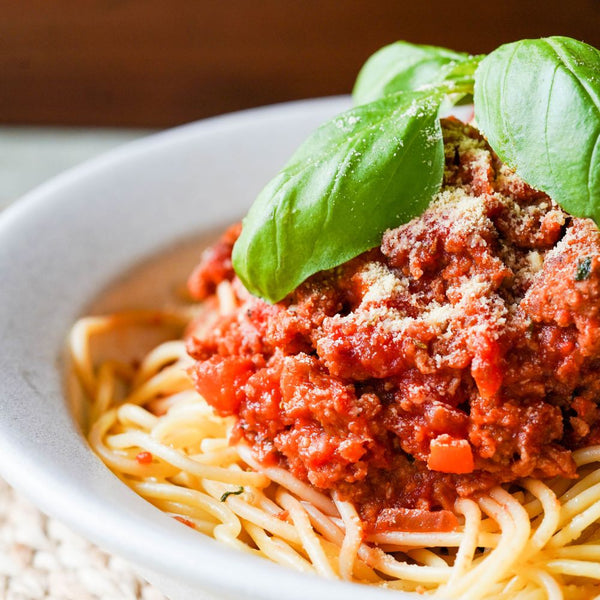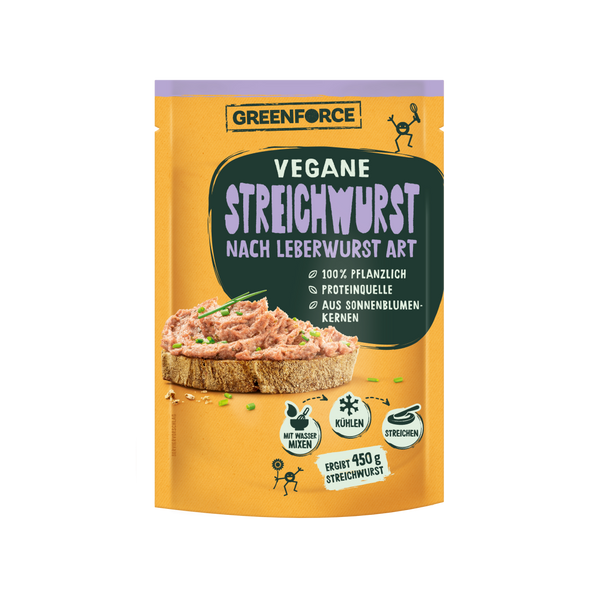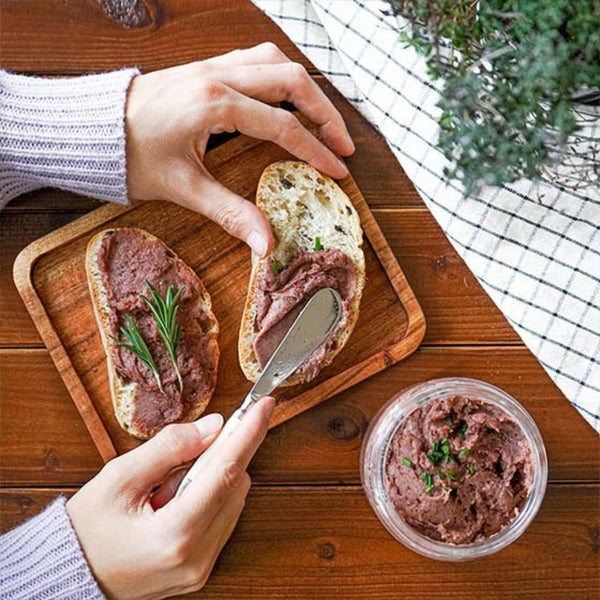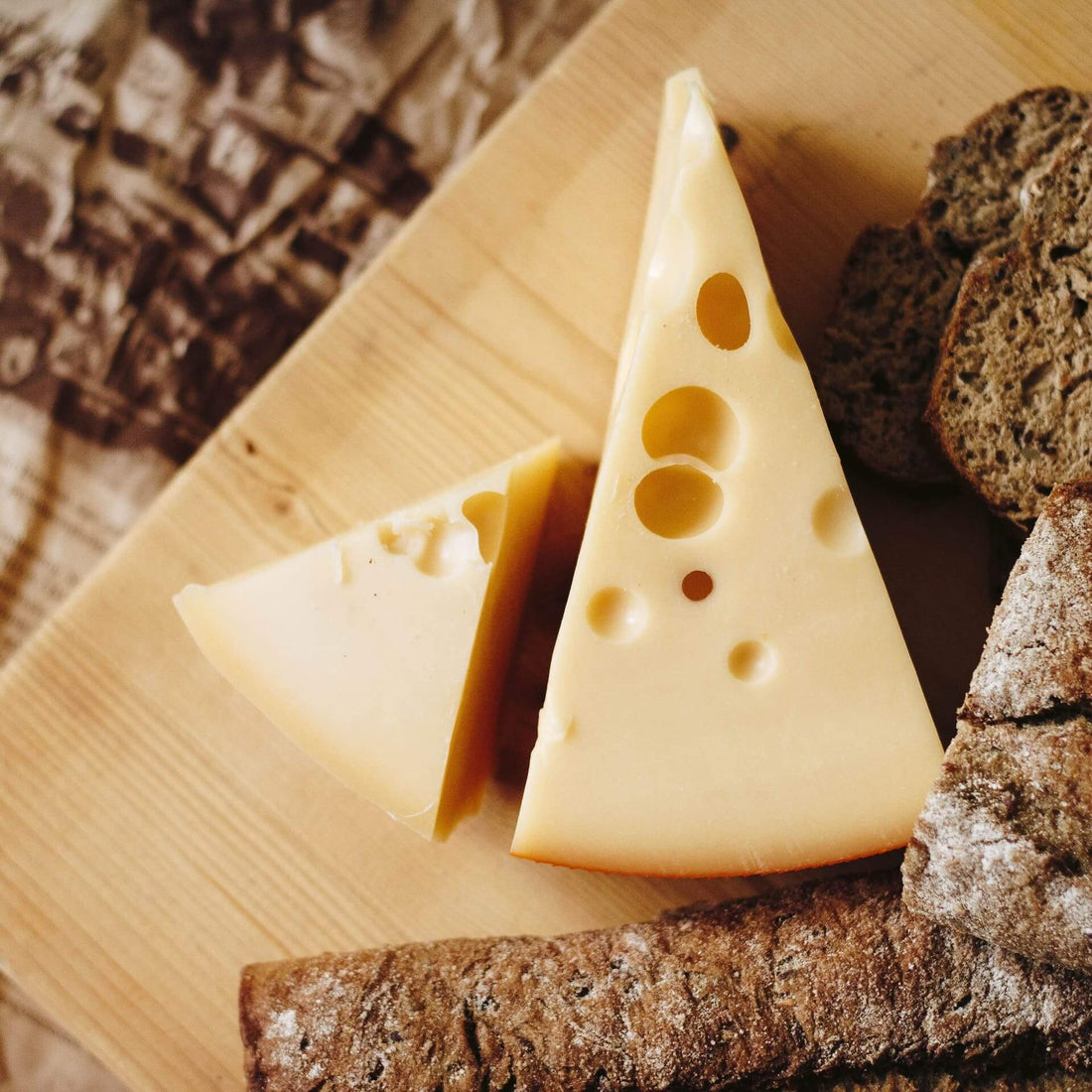A cozy get-together, friends, delicious food – and then this: you suddenly notice that your face is red after eating. It is understandable that the shock is deep at first. Most people find the reddish color very uncomfortable, especially in front of other people.
You probably know similar situations from everyday life. There is excitement because you have to speak in front of a lot of people and you can already feel the blush rising inside you. The shame that everyone now sees how tense you are makes it even worse. That's why it's advisable to stay calm and think about where the redness comes from .
Depending on how strong it is and how quickly it disappears, there can be various reasons behind it. The reddened skin can be caused, for example, by an emotional reaction, heavy sweating or alcohol. It is also possible that this is due to an intolerance to a food. An example of this is histamine intolerance .
You can find out more about the possible causes of redness in the next section of this article. We will then explain what histamine intolerance is all about and what other possible symptoms can occur. You may have already noticed some of these yourself. We will then reveal what you should do about food intolerance .
Red face after eating: possible causes
If you notice that your skin is red after eating, there could be various reasons for this. For example, it is known that spicy dishes can cause redness.
This is especially true for people who suffer from rosacea . Rosacea is a skin condition that primarily affects the face. It typically manifests itself as persistent redness - especially on the cheeks, nose, chin and forehead. Pustules can also form.
If you are not affected by this disease, you may be suffering from food intolerance. There are quite a few of these. You've probably heard something about an intolerance to gluten, lactose, fructose or other substances. A reddened facial area indicates histamine intolerance .
To get to the bottom of this suspicion, you should take a close look at your eating habits and possible symptoms. However, it is important that you work with a doctor to identify other possible causes. Finally, there could be something else behind the redness . Therefore, pay attention to other complaints.
If the reddened areas are accompanied by serious symptoms such as shortness of breath or a circulatory collapse , you should call an emergency doctor immediately. These can be signs of a food allergy, which can have far more serious consequences than intolerance.
What is histamine intolerance?
Generally speaking, histamine intolerance is a food intolerance . This means that your body cannot utilize certain substances as it should. Histamine intolerance in particular is a disorder in which the body has difficulty breaking down and processing histamine.
Histamine is a chemical compound that occurs naturally in the body and is involved in various physiological processes. For example, it plays a role in the regulation of the immune system as well as digestion and the regulation of stomach acid. Normally, histamine is broken down by an enzyme called diamine oxidase (DAO), which is produced in the intestines.
However, if activity of this enzyme is impaired and you consume a histamine-rich food despite intolerance, this leads to an accumulation of histamine in the body. This in turn can result in various physical problems.
The exact causes of histamine intolerance are not always clear. However, there are factors that can favor it. A deficiency of the enzyme diamine oxidase is probably the most common reason for intolerance. This may be due to genetic factors, digestive tract diseases, or medications that inhibit DAO activity. In addition, people with gastrointestinal disorders may be at increased risk of histamine intolerance.
If you suspect that you have an intolerance , you should speak to a doctor. Under no circumstances should you ignore the symptoms, as they can get worse without changing your diet. A doctor will take you through a thorough medical history and tell him about all your symptoms.
He can then ask you to keep a food diary. In it you record exactly what you eat for several weeks. If symptoms then occur, write them down as well. Although this documentation is laborious, it helps with diagnosis. Finally, it could also be another intolerance such as an allergy to preservatives .
 Germany
Germany
 Austria
Austria
 Switzerland
Switzerland
 Netherlands
Netherlands
 Belgium
Belgium
 Luxemborg
Luxemborg









